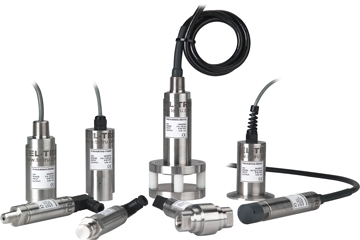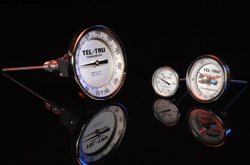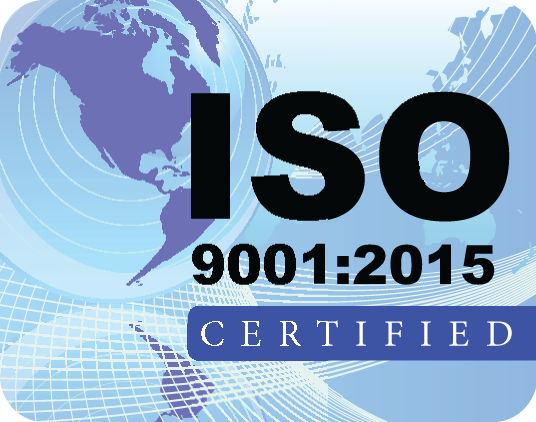Process connection
How and where will the device connect to the system?
There are several options and the proper choice depends on integration into system components. Consider the connection fitting, location and the media being measured when choosing the best option.
Range
What is the normal operating pressure of the application and worst case maximum pressure the device will experience?
Transmitters operating in the center of their range operate most accurately and are most repeatable.
The transmitter must be able to withstand a pressure as high as the pressure rating of the vessel or pipe to which it is attached.
Environmental factors
What temperatures and vibration will the device be exposed to?
Extreme temperature and vibration can cause physical damage that impacts accuracy and reliability.
If these conditions are present, you'll need to ensure the transmitter is rated for those conditions.
What level of pulsation is expected?
Pulsation can cause damage and inaccuracies to the instrument. A dampener can be installed to minimize pulsation as well as other techniques. Be aware that dampening will affect responsiveness.
Is the transmitter used in a hazardous area? What, if any, approvals are required?
Be sure to understand which of the approvals such as IECEx, ATEX, CSA and FM apply to your application and only use devices certified for those requirements.
Will the device be exposed to water intrusion such as washdowns with high pressure and cleaning chemicals?
If the device will be exposed to these conditions, it will likely need to have a rating such as NEMA or IP which ensures a level of intrusion protection.
Communication
What communication method is required for the sensor?
By far the most common is the 4-20mA analog format although others such as HART may be required for the system. Note that HART essentially runs on top of a 4-20mA loop powered system and is compatible with loop powered cabling.
To explore your application in more depth, contact us.
A printable PDF version of this material is also available, click here.
|



